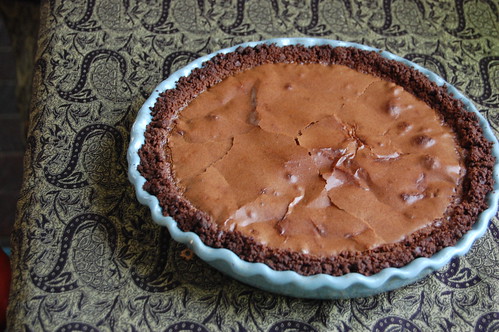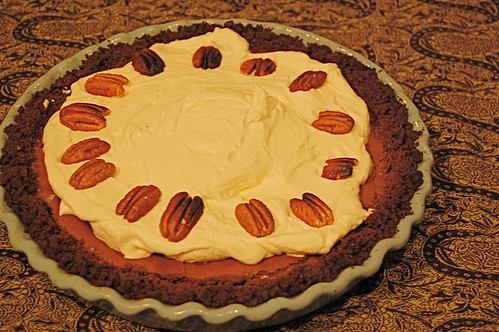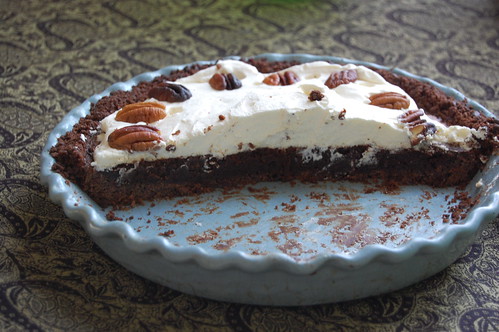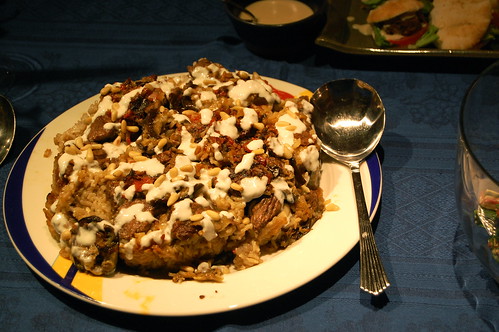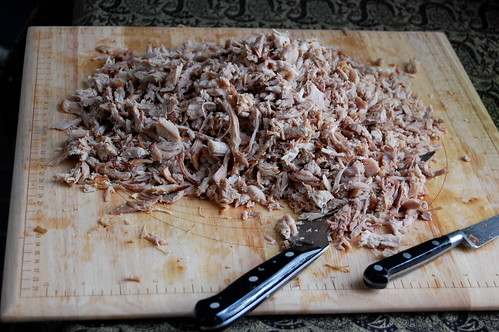 Every time I think my life is beginning to resemble normalcy again, I find that it isn't. I went to a Neko Case concert a little while ago- we had a great time but halfway through the concert I got really sad. My mom loves Neko Case and I know she would have loved to be there, but then I looked around at the noise and the crowds and I realized she wouldn't be up for it. I hope she will be one day.
Every time I think my life is beginning to resemble normalcy again, I find that it isn't. I went to a Neko Case concert a little while ago- we had a great time but halfway through the concert I got really sad. My mom loves Neko Case and I know she would have loved to be there, but then I looked around at the noise and the crowds and I realized she wouldn't be up for it. I hope she will be one day.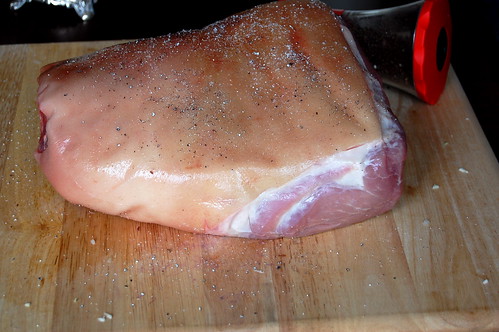 Every time I get a few normal days, every time I think I might be able to go to yoga two days in a row, there I go again- back to the hospital, to waiting rooms and scans and pain and tears. Of course, I cannot complain, not being the one actually going through the constant tests and pokes and prods. But nonetheless, I feel as if I'm caught between a sense of normalcy and complete imbalance.
Every time I get a few normal days, every time I think I might be able to go to yoga two days in a row, there I go again- back to the hospital, to waiting rooms and scans and pain and tears. Of course, I cannot complain, not being the one actually going through the constant tests and pokes and prods. But nonetheless, I feel as if I'm caught between a sense of normalcy and complete imbalance.And thus, we cannot move forward here on the blog yet. I mean, last time I mentioned homemade North Carolina-style pulled pork, and who would want to move on from that?? I've always wanted to make this ever since a friend made it for a dinner once, and I finally found the occasion and procured the recipe.
 To clarify, North Carolina-style is a slow-roast pork that is combined with a very vinegary-peppery sauce. It's not like those other sticky-sweet barbecues, and because this recipe is only an approximation of the real thing, it doesn't have the exact smoke and char of a pit barbecue. But none of those things detract from the recipe at all- the sharp vinegar pairs nicely with a dollop of coleslaw on a good soft (homemade!) burger bun.
To clarify, North Carolina-style is a slow-roast pork that is combined with a very vinegary-peppery sauce. It's not like those other sticky-sweet barbecues, and because this recipe is only an approximation of the real thing, it doesn't have the exact smoke and char of a pit barbecue. But none of those things detract from the recipe at all- the sharp vinegar pairs nicely with a dollop of coleslaw on a good soft (homemade!) burger bun.I suppose I cannot just move on with my life at the drop of a hat because my life is different than what it was before. I can't just go back to what's familiar, I need to reevaluate, readjust. Maybe I need to feng shui, I don't know. Whatever it is, I hope it involves a little more me time, and a little more cooking.

PORK BARBECUE
for 8-10 gigantic sandwiches
A. 4 lb. boneless pork roast--pot shoulder blade or Boston butt
(or you could use a bone-in roast, in which case double the weight)
B. salt, pepper, cut garlic cloves
C. 1 onion, sliced
1/2 cup cider vinegar
D. 3/4 c. white vinegar
3/4 c. cider vinegar
1T. sugar
2 t. crushed red pepper flakes
1 t. fresh-ground pepper
1 T. good quality hot sauce--for instance, Crystal. (NOT the pure-heat type like Tabasco)
1 to 2 t. salt
Rub A with B. Cook in Crockpot with C. c. 10 hours. (If you don't have a Crockpot, brown meat in oil and then bake with C in covered roaster 3-3½ hours at 325º. )
Cut cooked meat into chunks and then shred by hand, discarding fat.
Put meat in a saucepan, mix D and pour ALMOST all of it over the meat. Cook, stirring occasionally, until meat has thoroughly absorbed the sauce, adding more sauce if needed. (You want the meat to be well soaked but not soupy.)
Serve with soft white buns that will soak up the juices. You can add cole slaw right into the sandwich or have it on the side.




